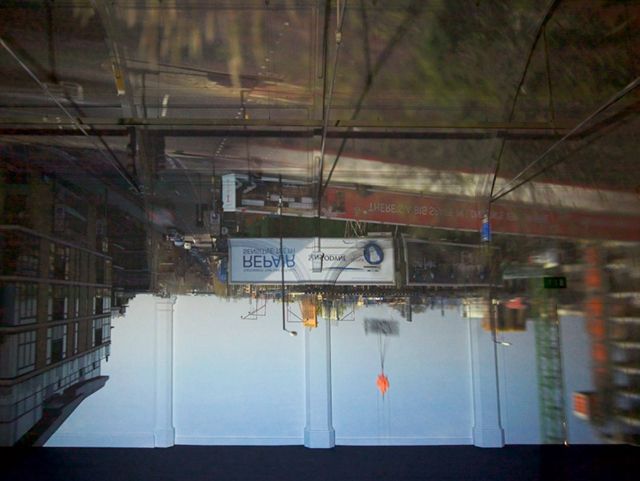Leonard, Zoe.
"Zoe Leonard." October 100 (2002): 88-97. Print.
In this article, Zoe Leonard explains her reasons for
photographing the storefronts in her NYC neighborhood. These images primarily
came about because of the dramatic changes that occurred to the NYC during the
gentrification of the cityscape. Leonard saw a loss of the old in exchange for
the new and wanted to document the old storefronts and businesses before they
were transformed forever. A sense of connectedness is what drove her to
preserve these images—a feeling of being connected to the world and history,
being at the center of things. After photographing these subjects, Leonard
travelled to other countries and began to see that certain symbols—brand logos,
objects, etc.—connected people across continents. Her work is propelled by an
interest in people and the literal things, objects, physical items that define
us. In this, she points out influence from Flemish and Dutch still life
paintings—in which an assembling of possessions can reveal much about the owner
of the objects.
Troeller, Jordan. "Against
Abstraction: Zoe Leonard's Analogue." Art Journal 69.4
(2010): 108-23. Print.
The author writes that a sentiment of loss runs through much
of Leonard’s work, banding together her primary subjects—long gone New York
City storefronts—with her use of obsolete technology—Leonard shoots with a
1950s Rolleiflex, and she utilizes many antique methods of print making.
Troeller quotes Leonard’s work as a “dual testament” to the loss of locally
owned shops as well as “straight photography.” The article reviews Leonard’s
exhibit of her work in Analogue,
particularly noting Leonard’s choice to display the square images in grids,
allowing the viewer two ways of seeing the images—up close and individually, or
further back and altogether. Leonard notes her influences as Eugène Atget and
Walker Evans, both known for their images of that whose loss was imminent.



No comments:
Post a Comment